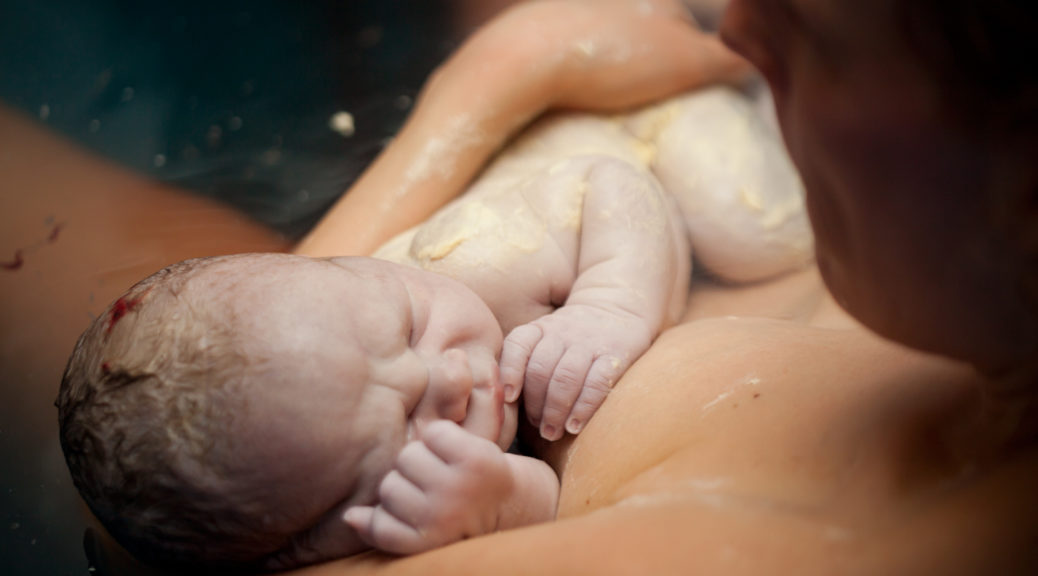
Breastfeeding Beginnings
The beginnings of breastfeeding and the first hours of the infant are one of the topics that were discussed in the practical workshops of the I LactApp Medical Congress. In this article, we summarize the workshop of the LactApp midwife and breastfeeding expert Anna Manubens, who held the practical session ‘Assessment in the first hours’.
In this workshop, we were able to get a very clear idea of the most important aspects to take into account when accompanying a mother-baby dyad in the immediate postpartum period, to ensure that the breastfeeding beginnings are as successful as possible.
Let’s start by being very clear about the basics of the beginnings of breastfeeding:
The most basic premise is that the environment expected by the baby is its mother’s skin, the baby expects skin-to-skin contact and this contact:
– Promotes maternal bonding
– Reduces maternal anxiety
– Regulates the newborn’s body temperature
– Reduces crying
This decreases energy expenditure and provides a faster metabolic adjustment, increases glycemia and heart and respiratory rates have lower values.
All this favours neonatal adaptation and the appearance of the 9 innate behaviours that lead the baby to seek the breast and suckle.
This is followed by physiological sleep, which lasts 6 to 8 hours. Hence the great importance of these first hours; for example, if we know these steps well and see that, at the time after birth, the baby has not yet suckled, we can help from the outside to make it happen.
Once the normal physiology of these first hours is known, it is crucial to recognize the situations that can interfere with the beginning of breastfeeding and its establishment:
– Labor and postpartum situations
a) Type of delivery: euthyroid, instrumental, cesarean, emergency, physiological.
b) Evolution of labour: fast, slow, induction, medicated, etc.
c) Complications of labour: dystocia, perineal tear, fever, arterial hypertension, postpartum haemorrhage, etc.
– Maternal situations: we must ask how the mother is feeling to help her get more comfortable.
a) Pain
b) Separation from the baby (e.g. admission to NICU)
c) Immobilization due to treatment or post-interventions
d) Procedures for controls/care: usual or due to obstetric pathology
e) Evolution of obstetric pathology
f) Personal history, for example, previous surgeries, previous pathologies, etc.
– Neonatal situations:
(a) Type of delivery: euthyroid, instrumental, cesarean, emergency, physiologic
b) Neonatal controls: usual or due to some pathology.
c) Evolution of delivery: the newborn may be very sleepy, irritable, in pain, etc.
d) Was/is there a separation of mother and baby?
– Emotional situations
a) Previous experiences: previous pregnancies, previous breastfeeding, personal situations, grief, etc.
b) Experiences during pregnancy
c) Experiences during childbirth
d) Doubts that the woman has about childbirth
e) Expectations vs reality
Gathering information is very important, and to be able to answer the main questions we must ask ourselves:
What can I do to improve the mother-baby dyad experience and avoid or reduce their separation as much as possible?